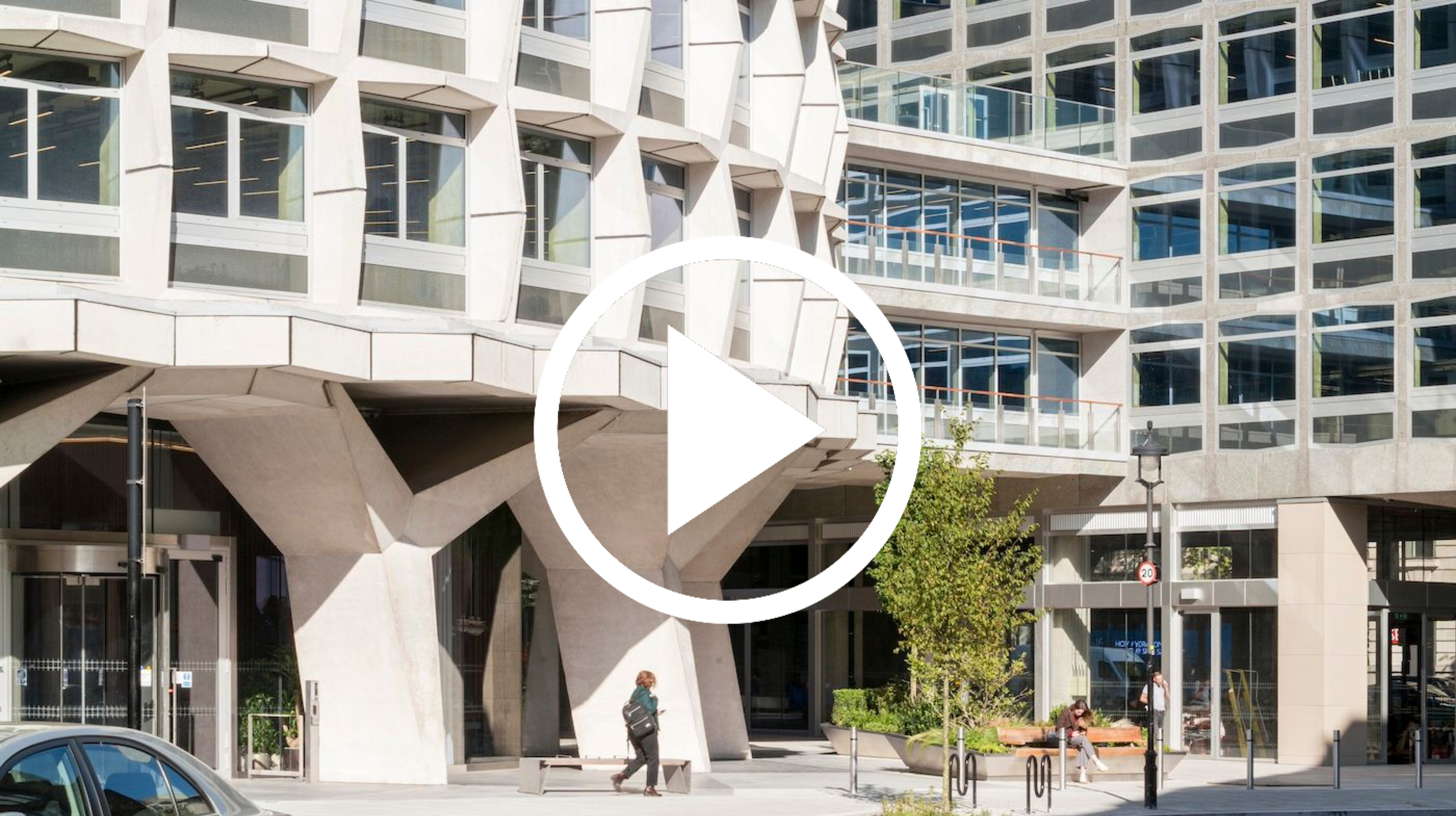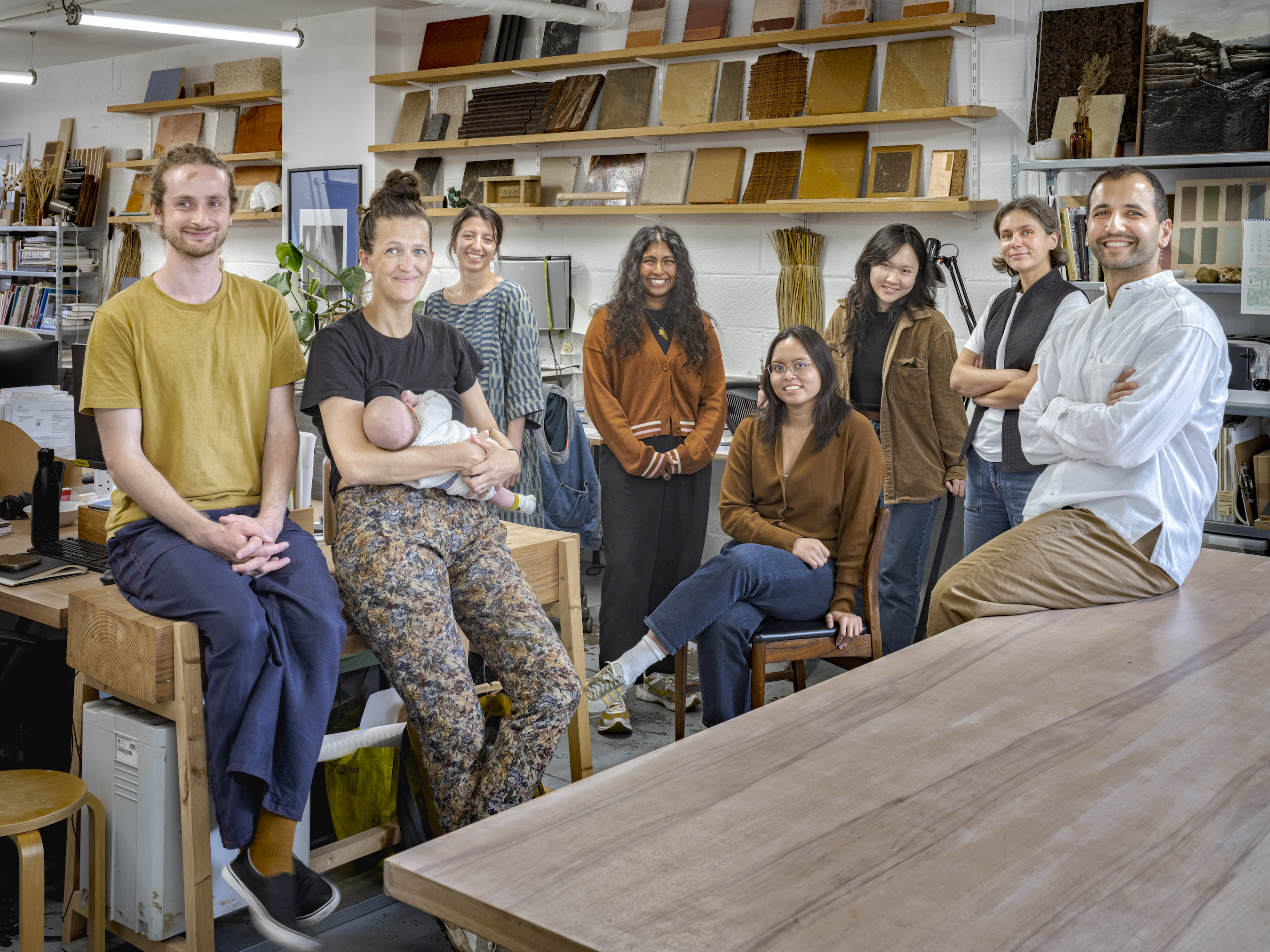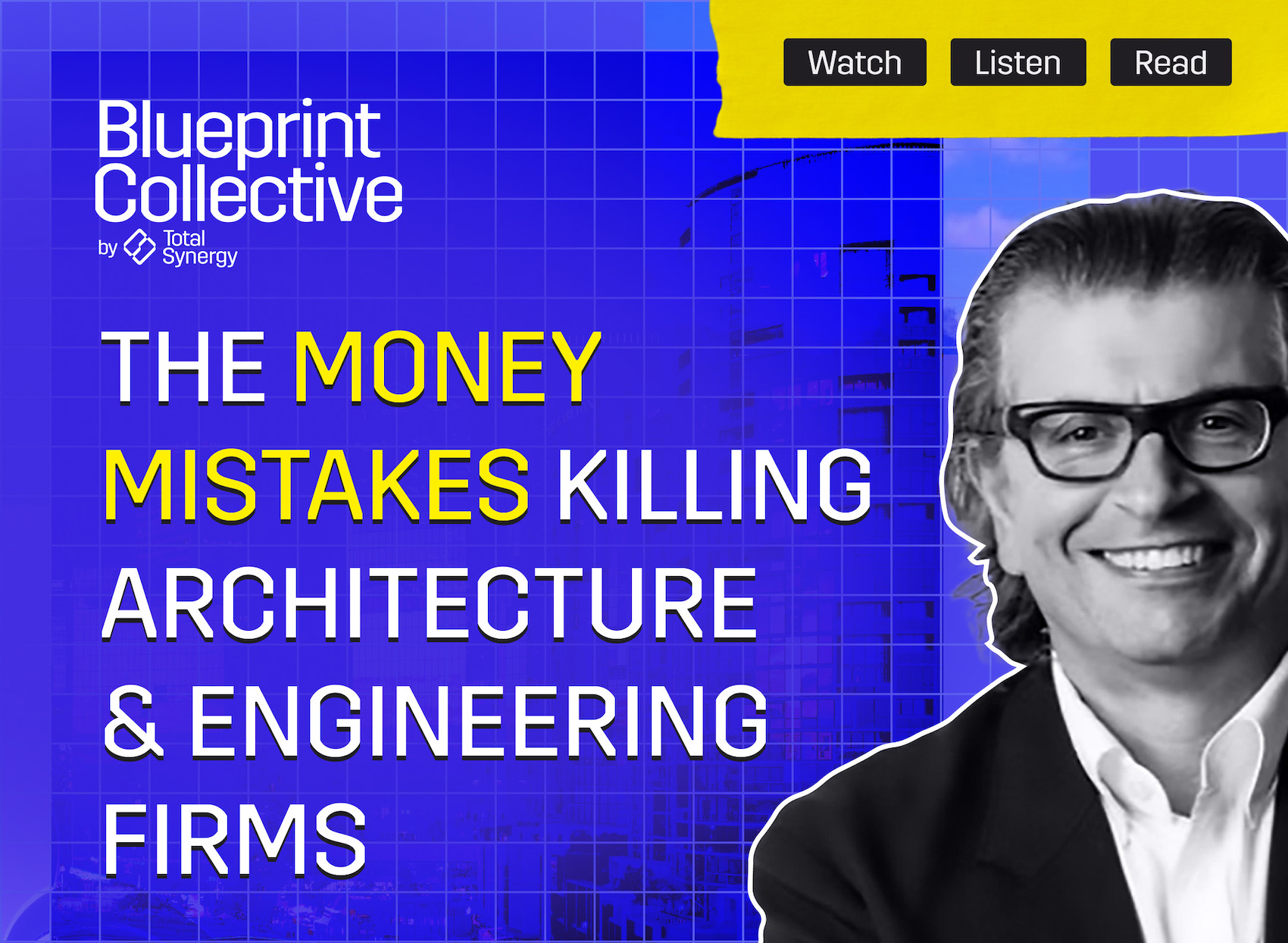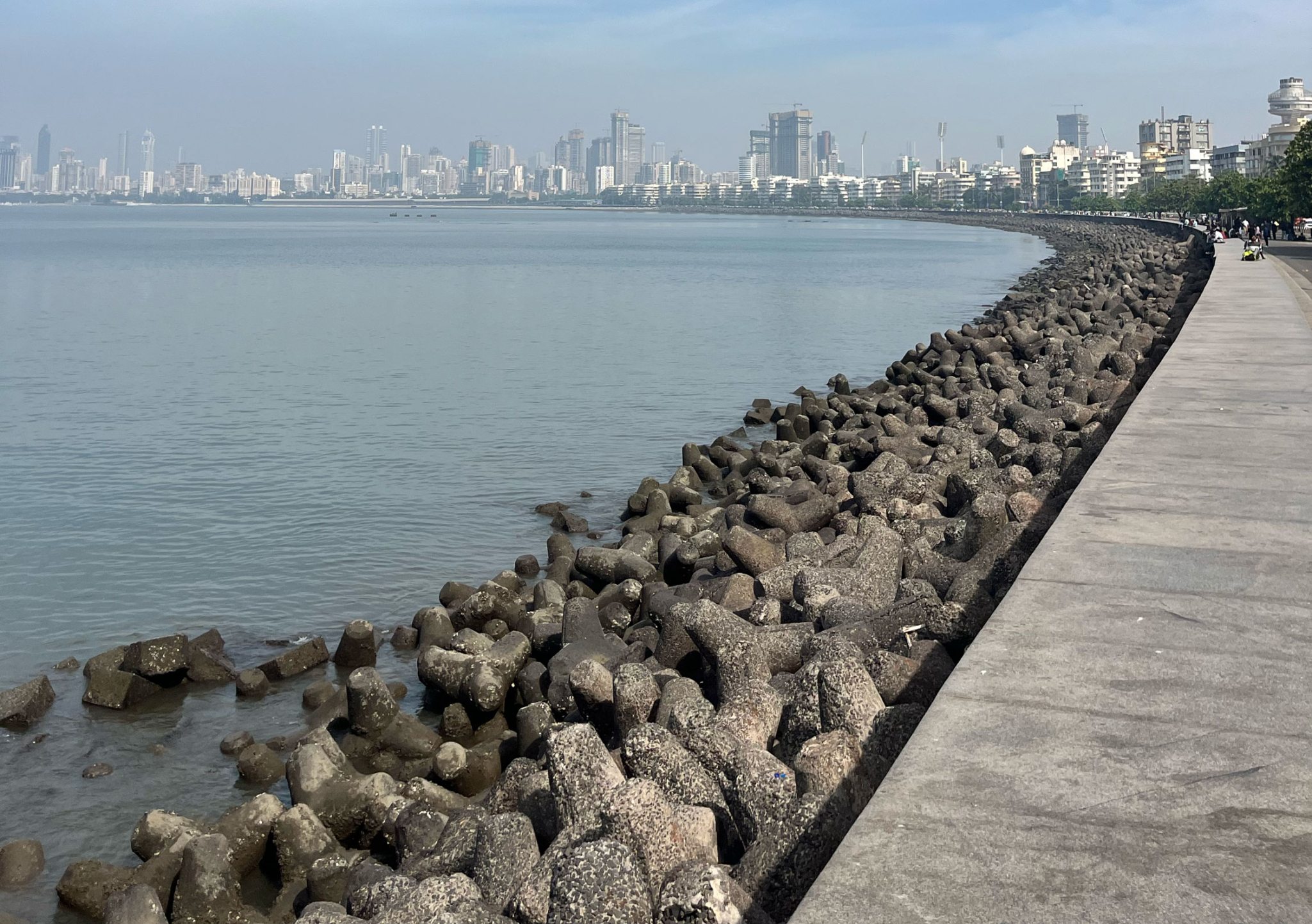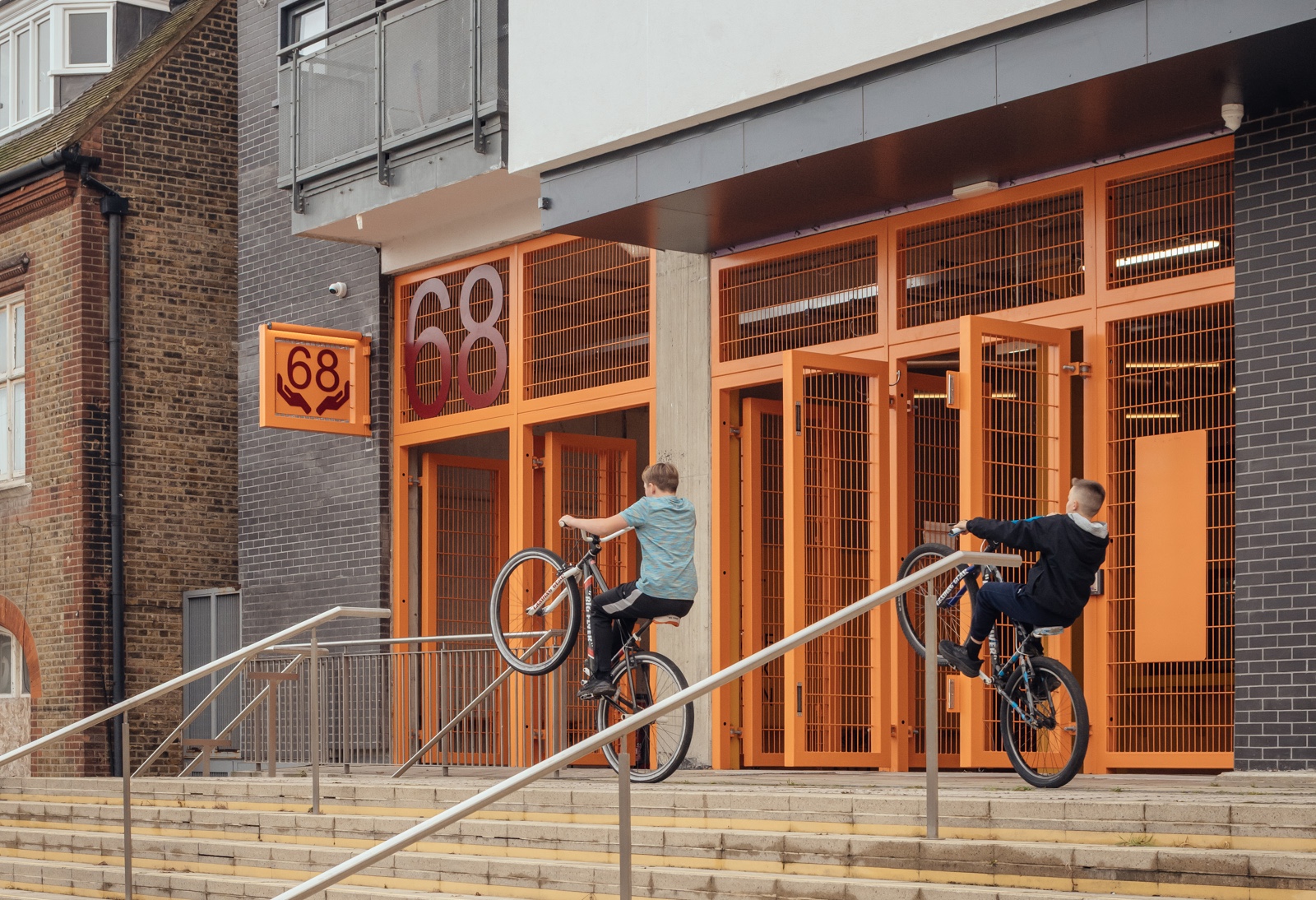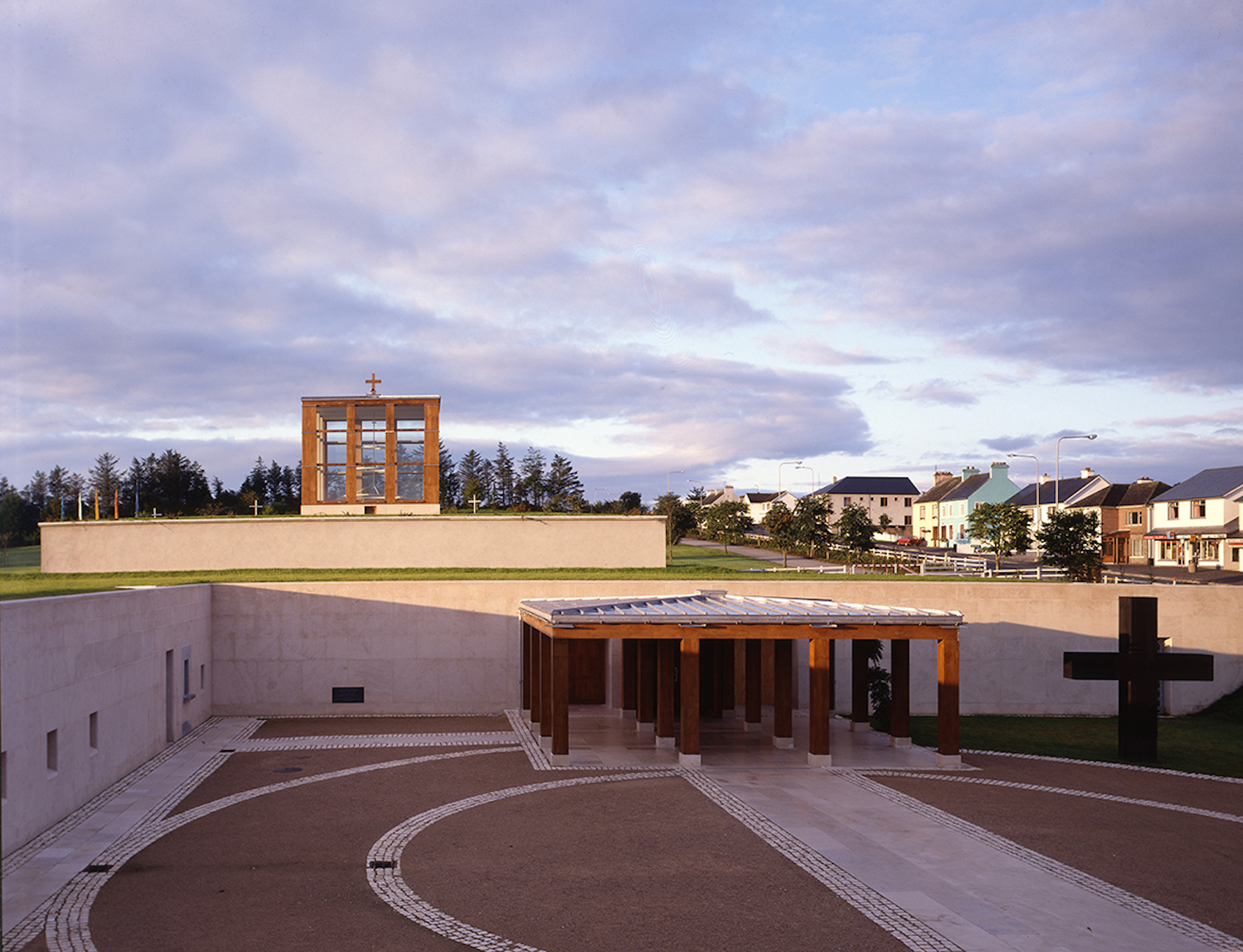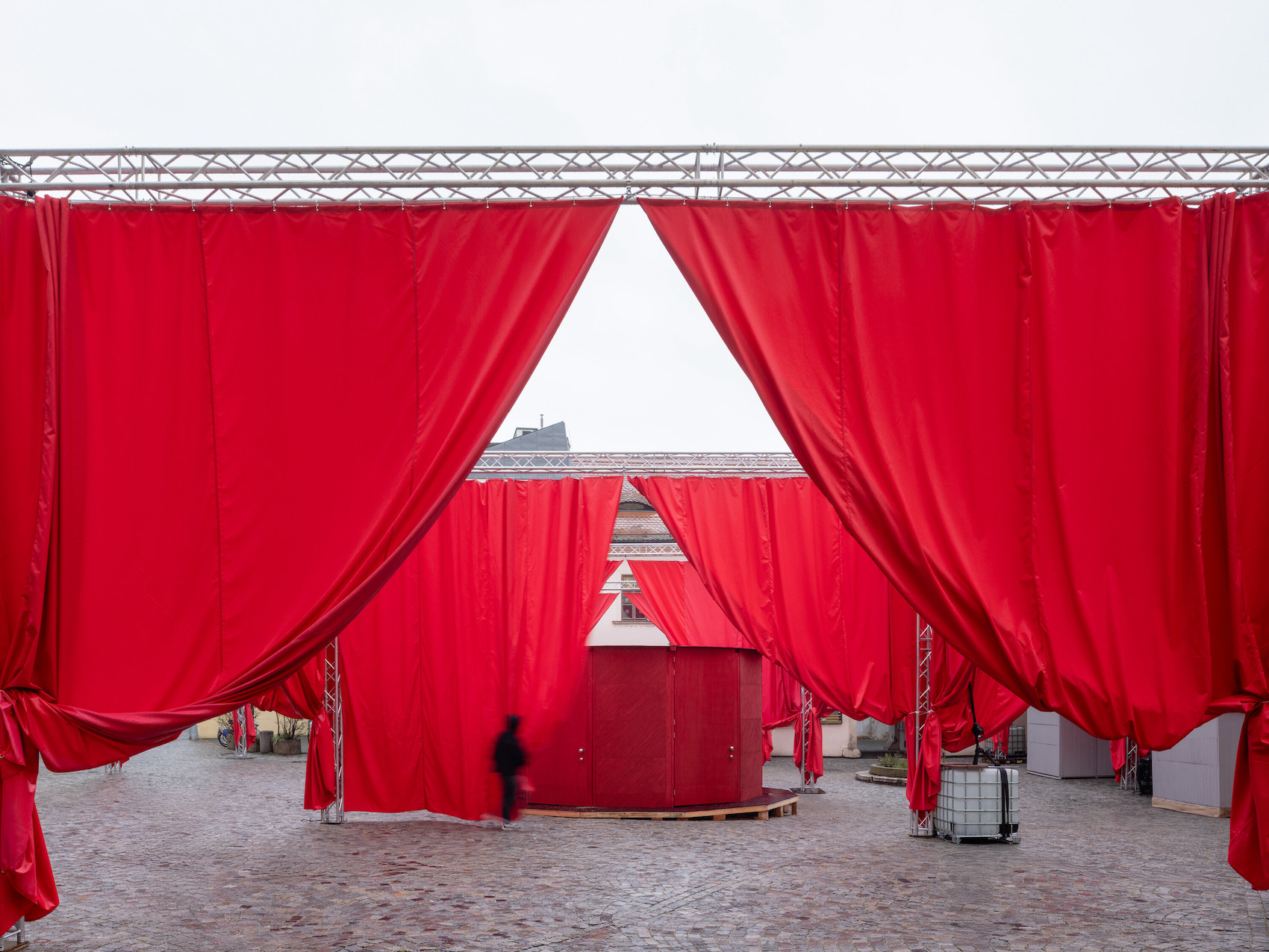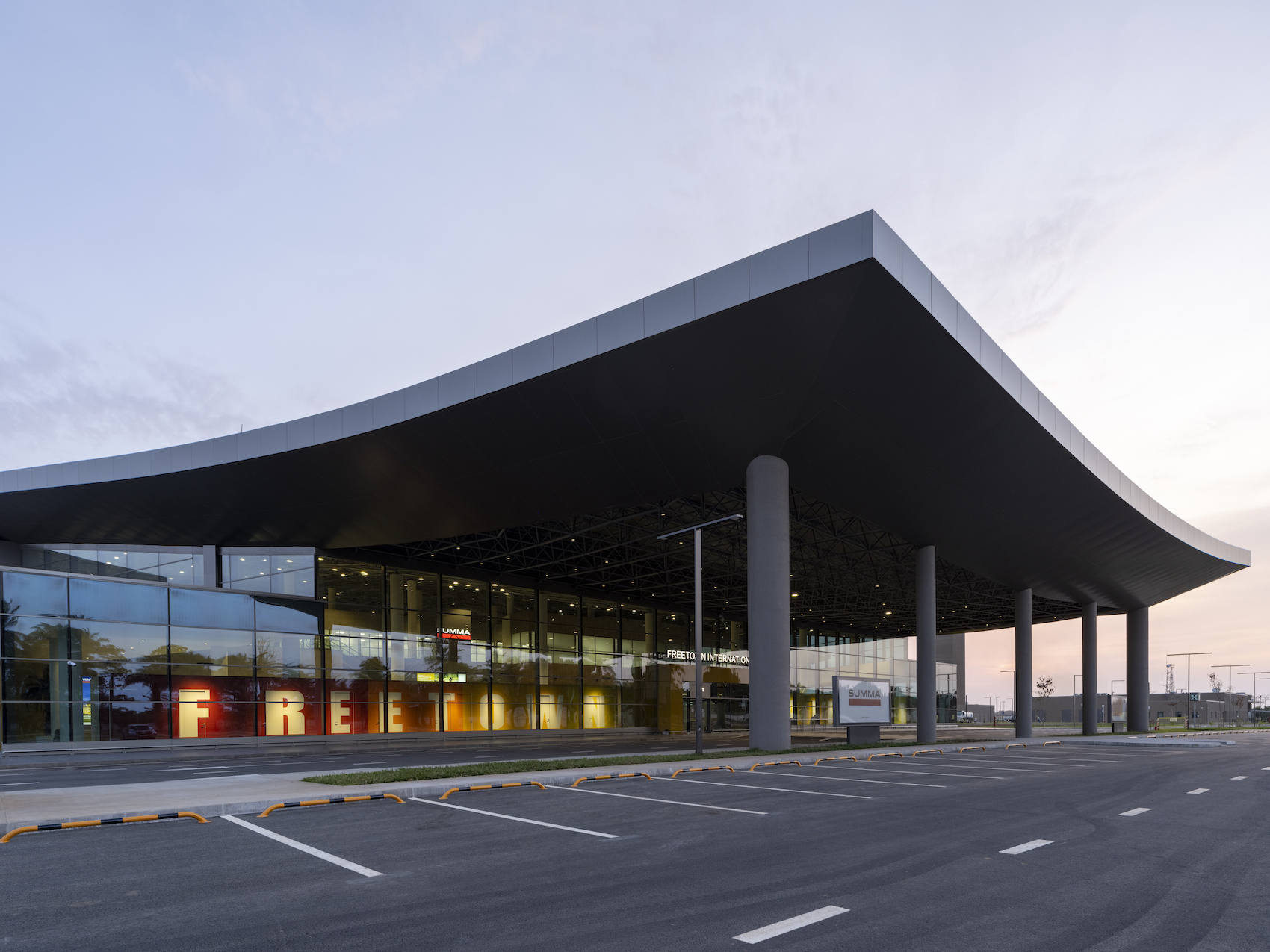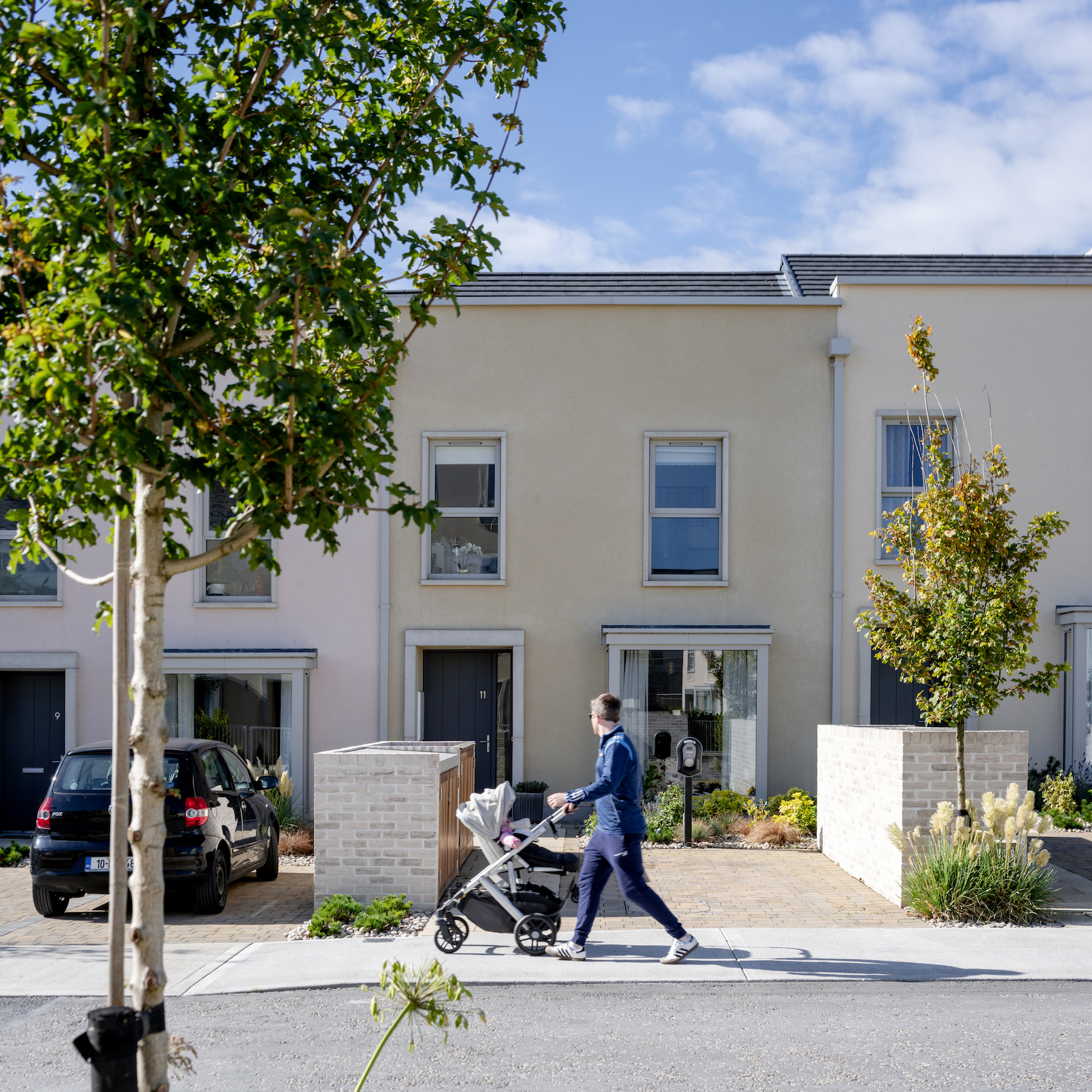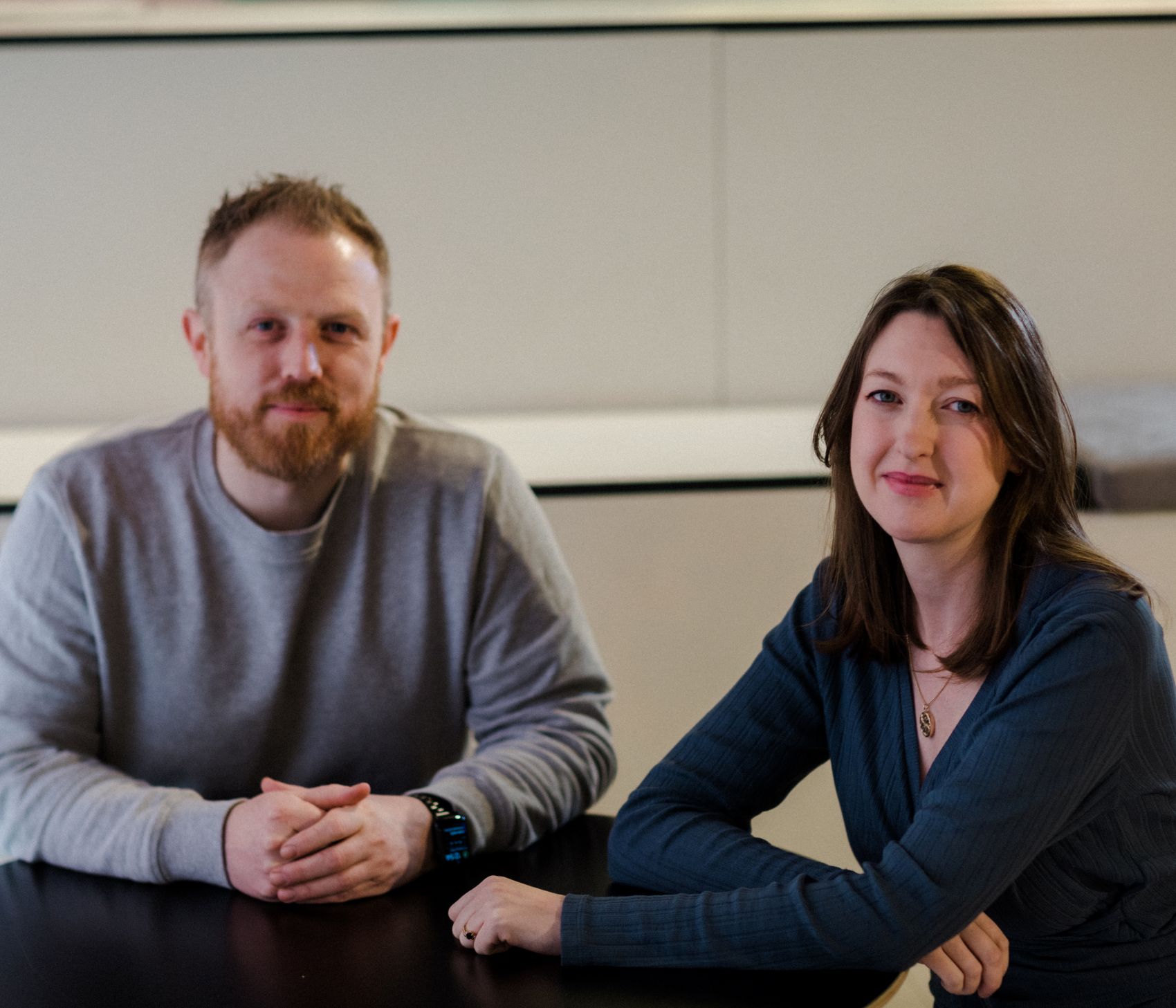Jude Barber and Collective Architecture have been leading the way with Social Sustainability long before it hit the mainstream. Now, as sustainability and inclusivity have become central to regenerative practice, they feel at home in this space, and are continuing to re-shape Glasgow’s green future.
Originally, the plan was to potentially take down all three Woodside Towers, but once we’d spoken to the people who lived in them, we realised they were full of people who thought the towers were great places to live – apart from the damp and poor entrances! Instantly an opportunity was presented to save them, so that’s what the client did. This wouldn’t have happened had our client Queen Cross Housing Association we not spoken to and engaged with those living in the towers. The result of the retrofit? Residents’ energy bills were reduced by 80%. I mean, how amazing is that.
We’ve been advocating participatory and ecological approaches for over 20 years through our founder Chris Stewart. When I started, the industry was hostile at times to these ideas but we were out on the streets in 1999, talking to people. We collectively set up a co-owned practice 18 years ago, where every single person has an equal share. Now, as sustainability and inclusivity have become central, we feel at home in this space – we’ve been here all along. The work we do isn’t about following trends; it’s about creating the conditions for real, lasting change.
We’re lucky that in Glasgow we have some very proactive politicians bringing about actual change. Holly Bruce’s feminist city motion is now visibly affecting practice and policy. We’re working on our second Liveable Neighbourhoods project for the Council and we’ve learnt a lot in the last 5 years. It’s all about local town centres, active travel, walking, and embedding these things at a local level. This project had to be designed with the feminist city notion in mind and we were able to host workshops with Council officers discussing how we execute this. In the development of new housing and shops at Water Row, we also ran workshops in Govan with schoolchildren, residents, and people struggling with addiction. We showed up at local fairs, spoke to passersby – anyone who wanted to share their thoughts. Good design isn’t about architects imposing ideas; it’s about understanding the place, its people, and their needs.
Our role isn’t just about aesthetics, albeit that’s important. It’s about advocacy and creating structures – both physical and institutional – that serve the communities they’re meant for. For us, architecture is about impact: making cities more liveable, affordable, and sustainable.
Our climate team run a climate cafe once a month, at which we are really pushing each other to think about regenerative practice. When it comes to materials and specifications many of our clients are quite risk averse, so working new bio-based materials into our designs is a challenge. It’s difficult at the scale at which we’re working too. We are exploring new materials – and learning from others is a big part of that.
It’s time to rethink who has a voice in shaping our cities. The River Clyde has no legal rights and that has to change. Through our Who Owns the Clyde? podcast, writer Louise Welsh and I have put forward a petition to the Scottish Parliament to grant legal personhood to the river. That means appointing a legal guardian – someone to represent the river’s interests in planning and environmental decisions. Right now, companies, councils, and government bodies sit at the table, but the river doesn’t.
We often talk about the balance between humility and confidence, and you have to oscillate between them. It’s in the nature of our job that we do fly in and fly out, so you’ve got to be really careful about understanding where you sit in that process of transformation; of people taking agency over their own place. Begin by sitting quietly, listening and taking it in, and then be confident in how you’re going to respond: present options, take people on a journey, inspire them, but then pull back again.
I run a project called Voices of Experience with Suzanne Ewing and Nicola McLachlan. We recently produced a newspaper and held an event, with co-curators Panel, called “How You Repair a City”. It’s why we don’t use master planning, for example, because, looking after our cities and repairing them and preparing them isn’t about excessive building, it’s about finding those alternative ways of unlocking potential and taking care of things.
When systems are unclear, power stays with those who know the rules and nobody else can get involved. Someone once described it to me as ‘the tyranny of structuralist-ness’. Much of our work at RIAS was about putting transparent systems in place so that everyone could participate, ask questions, and push initiatives forward. Now, we have public committees again, a strong chief executive, and an organisation that actually works for its members.
Jude Barber
Collective Architecture
Glasgow




